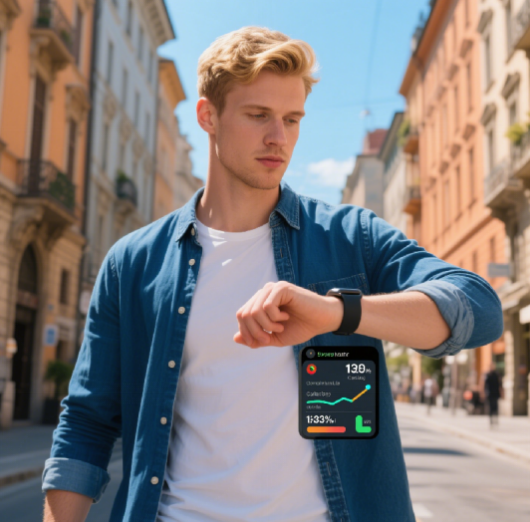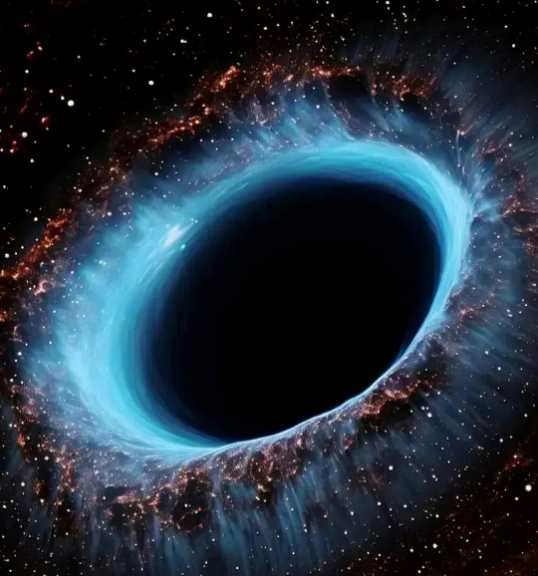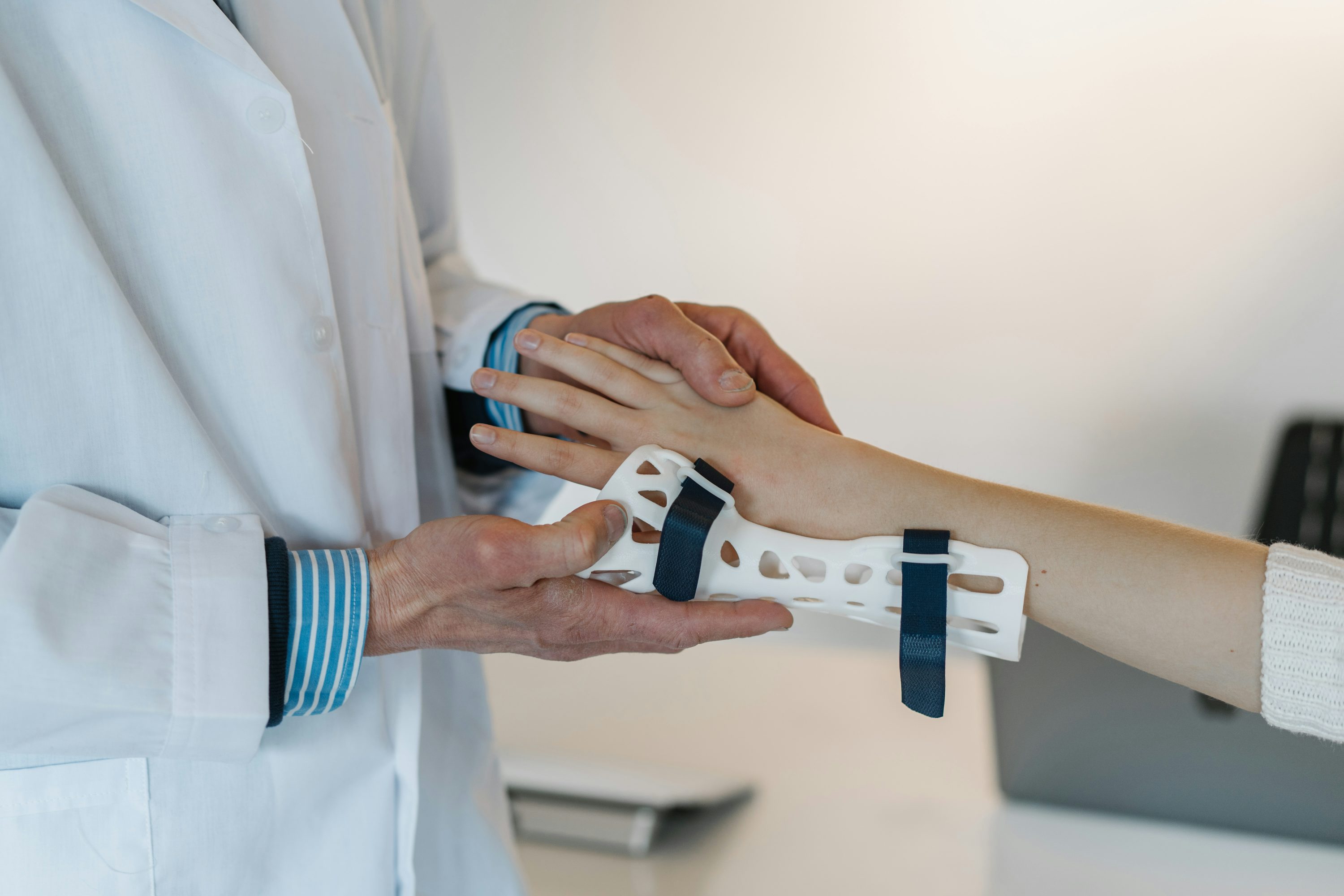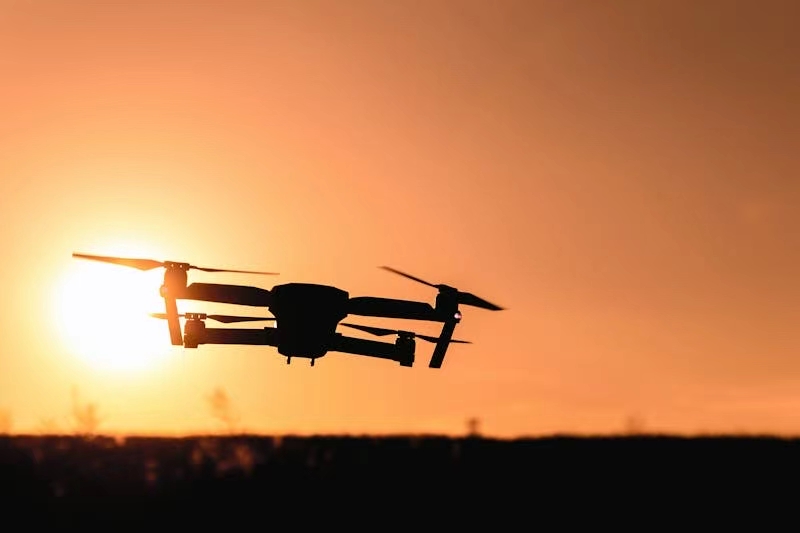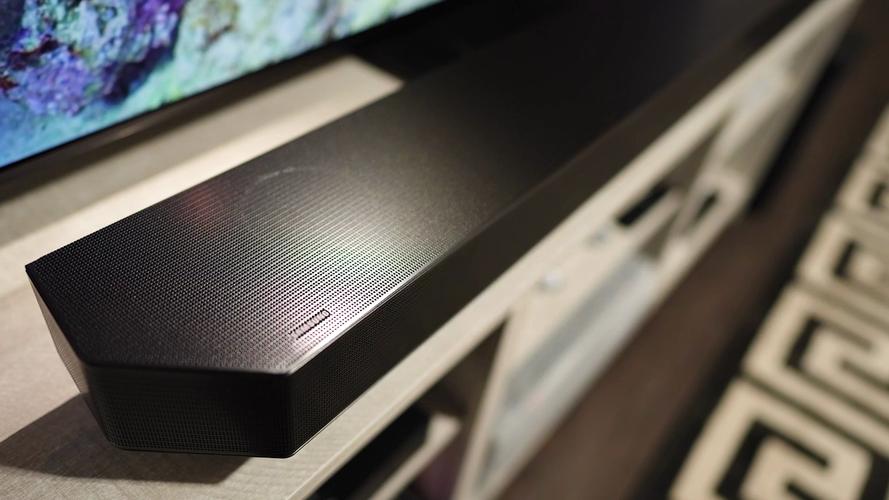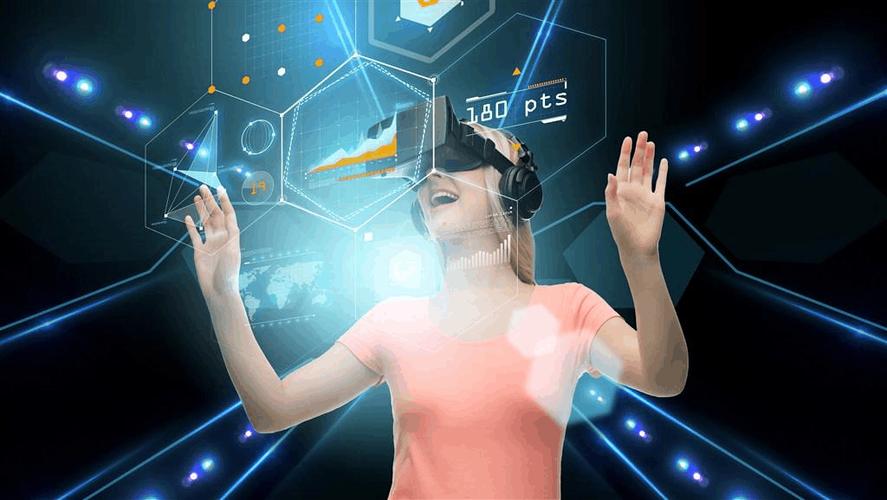Coffee Meets Code: Future Lessons from Starbucks' First 3D-Printed Store
In Brownsville, Texas, Starbucks has opened a special store that doesn't just serve familiar coffee; it tells a story of future construction and technological innovation. This location marks Starbucks' first 3D-printed store in the US, standing subtly in an area already served by at least four other Starbucks. From a distance, it might appear similar to any other compact rectangular building, but a closer look reveals its unique ridged walls, resembling stacked tubes – a tell-tale sign of its construction via a computer-controlled robotic arm layering concrete. More than just a drive-thru-only outlet, it represents a bold experiment in the architectural world, much like a painter trying a completely new digital brush for the first time, or a game designer building a novel world using voxels.
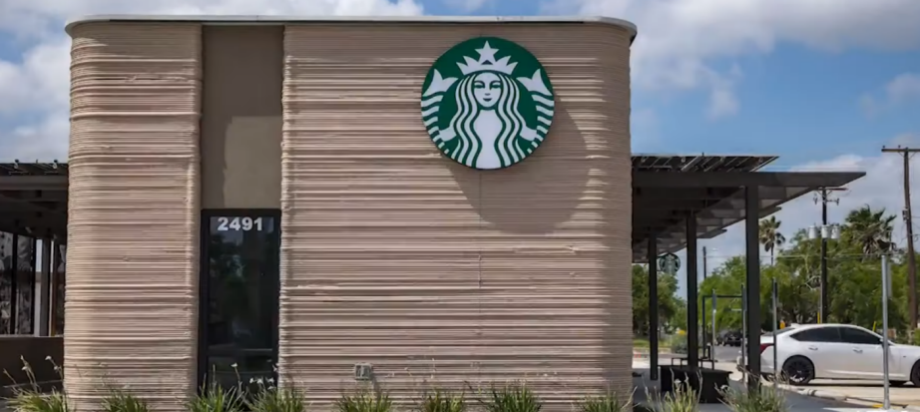
This unique store signifies a major retailer's entry into the realm of 3D printing for commercial construction. Previously, this technology has been more commonly used in residential building, particularly in addressing the affordable housing crisis. Why would Starbucks take this leap? As experts suggest, "It's early days yet", indicating an industry attempt to figure out the best ways to utilize this technology. Andrew McCoy from Virginia Tech called it "leading edge". Experimentation in construction is akin to a chef exploring new culinary techniques; the initial costs might be higher, but the potential is vast.
Currently, construction using 3D technology does cost more than traditional wood framing. But the other side of this coin is the significant advantages it brings: it can effectively address labor shortages in the construction industry and can considerably speed up building time. Imagine a robotic army, precisely controlled by code, executing tasks far more efficiently than manual labor. Experts anticipate that as the technology continues to develop – becoming faster, smaller, and easier to use – the costs will eventually become more competitive. This mirrors the trajectory of early smartphones, initially expensive and bulky, but becoming widespread and powerful as the technology matured.
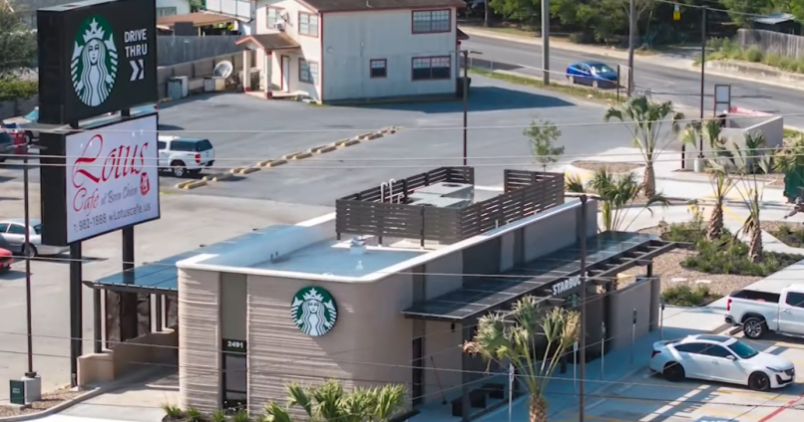
For the city of Brownsville, this 3D-printed Starbucks is more than just a coffee shop; it stands as a beacon symbolizing technological courage. It draws curious visitors and allows local residents to experience the tangible convenience and surprise brought by technological progress. When you order a coffee here, you're not just making a daily purchase; you're partaking in a modern technology story hidden within the texture of the walls.
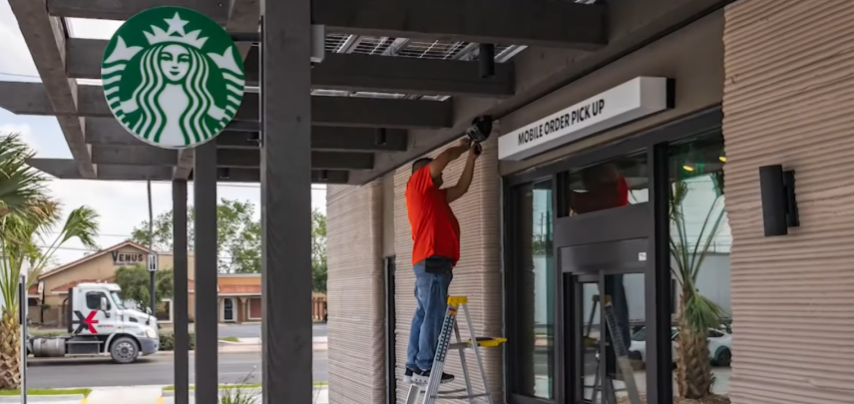
This store serves as a microcosm, hinting that as 3D printing technology matures, more such buildings will "rise from the ground". From our homes to shops, schools to hospitals, this technology holds the promise of fundamentally changing our way of life. It reminds us that the power of technology is ubiquitous, latent in the corners of our daily lives, waiting to be discovered and applied. The wisdom this Starbucks store imparts is: daring to experiment with new technology, even in seemingly mature industries, can create unexpected miracles. For us, the audience aged 20 to 50 with purchasing power, this isn't just a story about coffee or a building; it's a vivid case study on how to embrace change, identify potential innovation, and invest in the future. It's like playing a game with constantly updating versions; those players willing to learn new rules and try new strategies often go further.
(Writer:Tommy)
